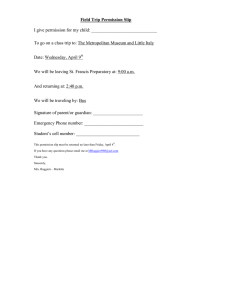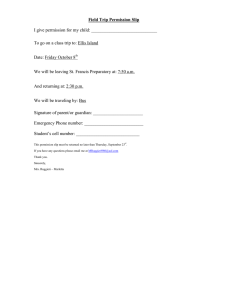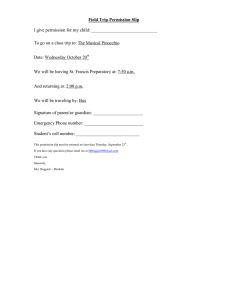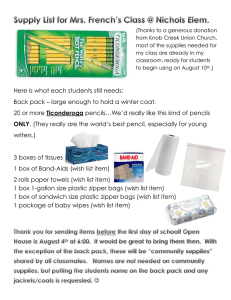At first, dressing yourself, bathing, and eating might seem hard or
advertisement
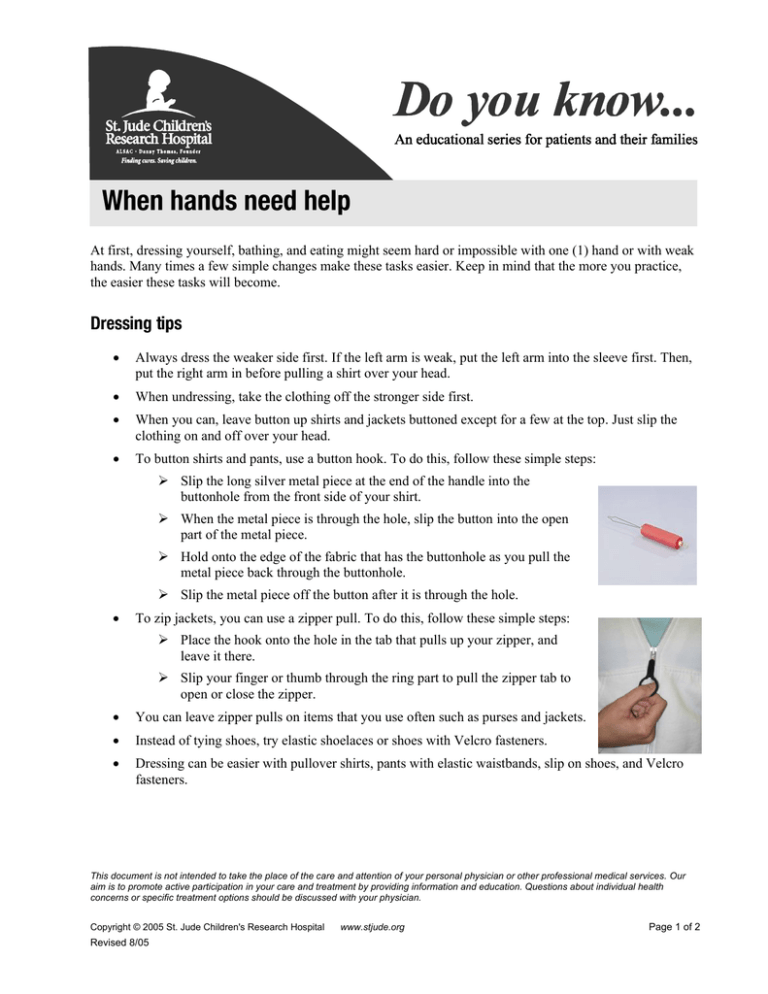
At first, dressing yourself, bathing, and eating might seem hard or impossible with one (1) hand or with weak hands. Many times a few simple changes make these tasks easier. Keep in mind that the more you practice, the easier these tasks will become. Always dress the weaker side first. If the left arm is weak, put the left arm into the sleeve first. Then, put the right arm in before pulling a shirt over your head. When undressing, take the clothing off the stronger side first. When you can, leave button up shirts and jackets buttoned except for a few at the top. Just slip the clothing on and off over your head. To button shirts and pants, use a button hook. To do this, follow these simple steps: Slip the long silver metal piece at the end of the handle into the buttonhole from the front side of your shirt. When the metal piece is through the hole, slip the button into the open part of the metal piece. Hold onto the edge of the fabric that has the buttonhole as you pull the metal piece back through the buttonhole. Slip the metal piece off the button after it is through the hole. To zip jackets, you can use a zipper pull. To do this, follow these simple steps: Place the hook onto the hole in the tab that pulls up your zipper, and leave it there. Slip your finger or thumb through the ring part to pull the zipper tab to open or close the zipper. You can leave zipper pulls on items that you use often such as purses and jackets. Instead of tying shoes, try elastic shoelaces or shoes with Velcro fasteners. Dressing can be easier with pullover shirts, pants with elastic waistbands, slip on shoes, and Velcro fasteners. This document is not intended to take the place of the care and attention of your personal physician or other professional medical services. Our aim is to promote active participation in your care and treatment by providing information and education. Questions about individual health concerns or specific treatment options should be discussed with your physician. Copyright © 2005 St. Jude Children's Research Hospital Revised 8/05 www.stjude.org Page 1 of 2 To wash yourself use a bath mitt. This mitt is like a washcloth that you wear on your hand. It also holds the soap. With a bath mitt, you will no longer need to hold the soap in one hand and the washcloth in the other hand. For brushing teeth, choose toothpaste with a flip top instead of a screw top. To squirt the toothpaste on the toothbrush, place the toothbrush on the counter and use your strong hand to squeeze toothpaste onto the brush. If you find it hard to use a regular knife, you may want to try a rocker knife. It allows you to cut food by pressing down on the meat and rocking the knife back and forth instead of the usual sawing motion. Eating utensils may be easier to grasp if they have built up handles. Utensils that are curved or bent make it easier to bring food to your mouth. Place a non-skid placemat under your plate to prevent it from sliding on the table. Use a plate guard to scoop food. It is like a “wall” that attaches to the plate. It allows you to push the food up against the “wall” and scoop it onto your fork or spoon. Another way to get food onto the fork is to push smaller items like corn into the heavier items on the plate such as meat. If your hand has little or no grip, you can use a universal cuff to hold utensils or devices. It is called “universal” because it can be used with many different objects. These include your toothbrush, hairbrush, eating utensils, pens and pencils. Placing built up grips on pens and pencils can make them easier to use. To learn more ways to complete your self-care activities with one hand or weak hands, call Rehabilitation Services at 595-3621. If you are inside the hospital, dial 3621. If you are outside the Memphis area, call tollfree 1-866-2ST JUDE (1-866-278-5833), extension 3621. This document is not intended to take the place of the care and attention of your personal physician or other professional medical services. Our aim is to promote active participation in your care and treatment by providing information and education. Questions about individual health concerns or specific treatment options should be discussed with your physician. Copyright © 2005 St. Jude Children's Research Hospital Revised 8/05 www.stjude.org Page 2 of 2
